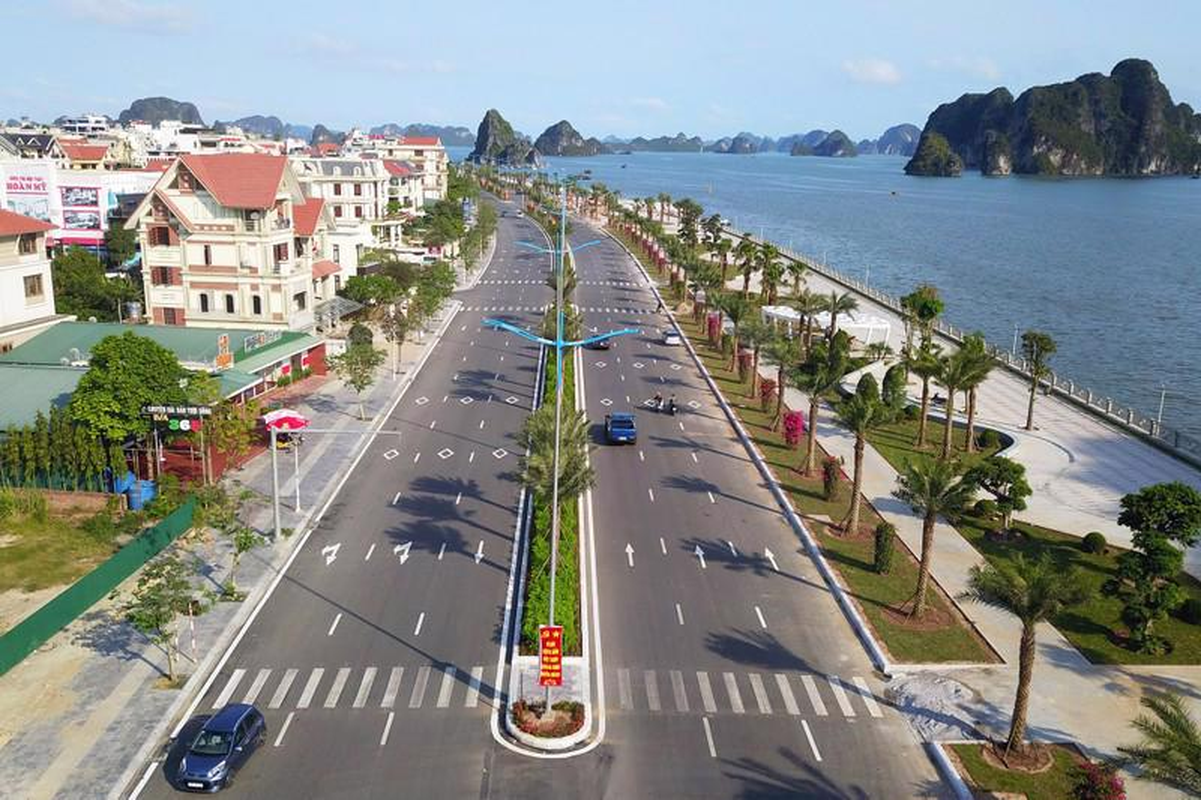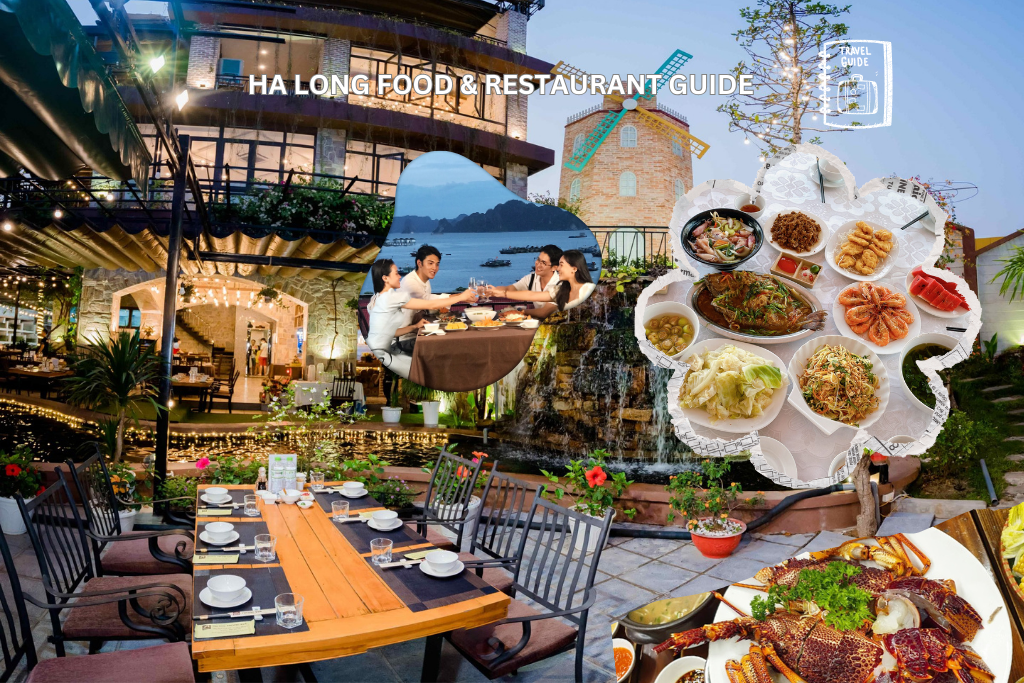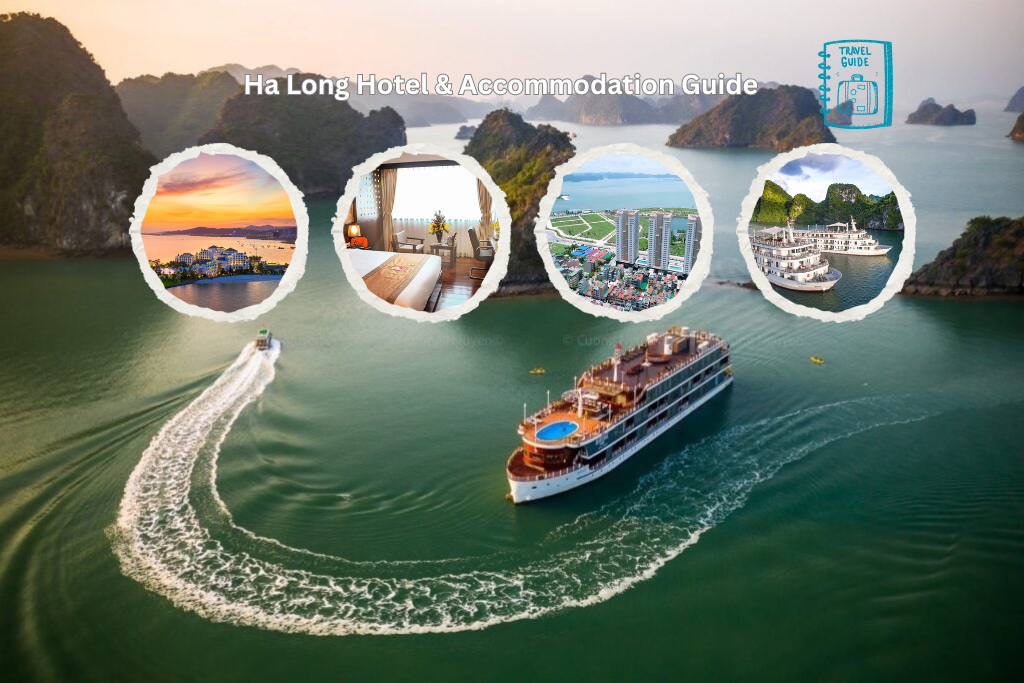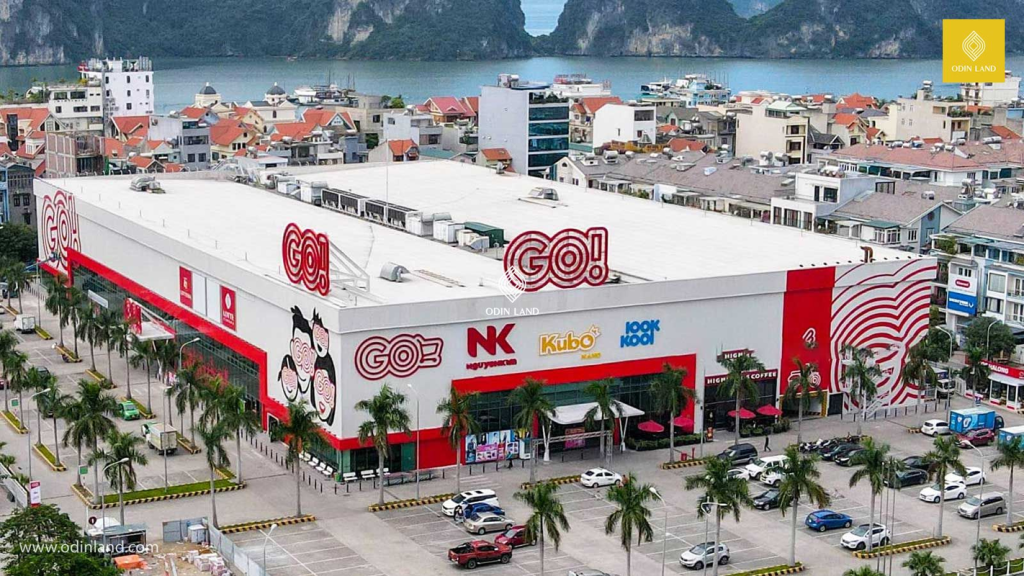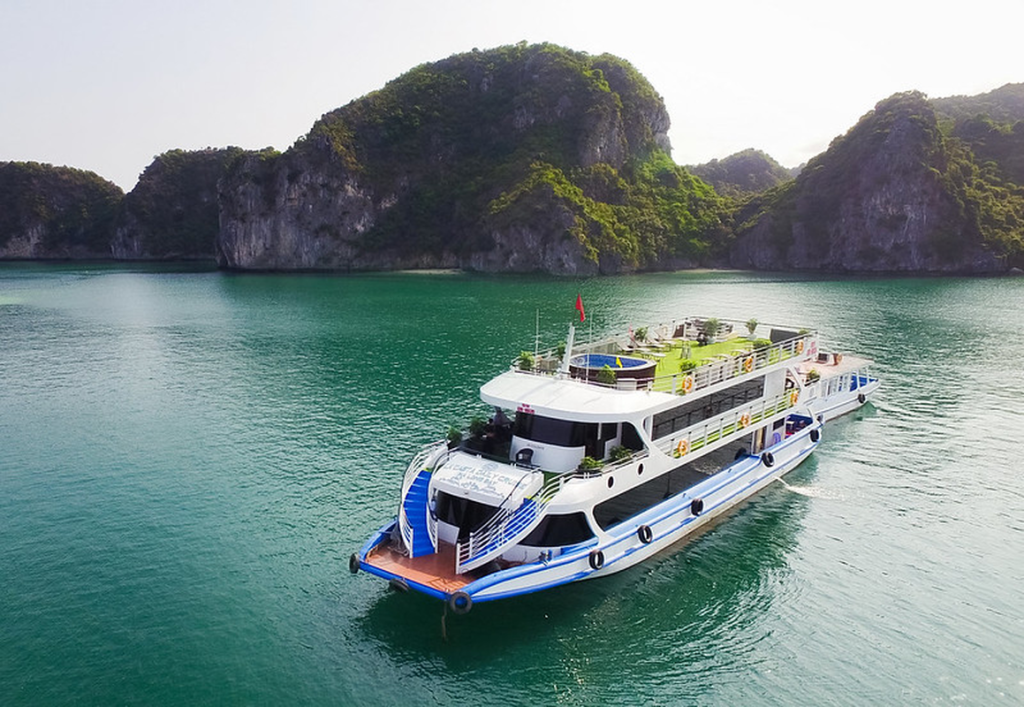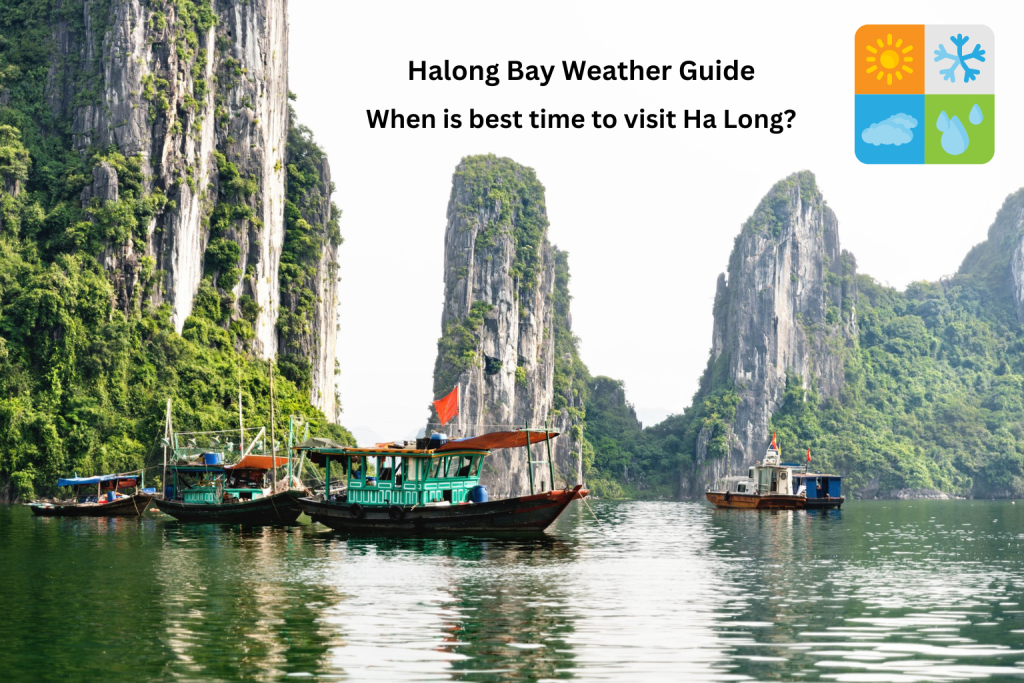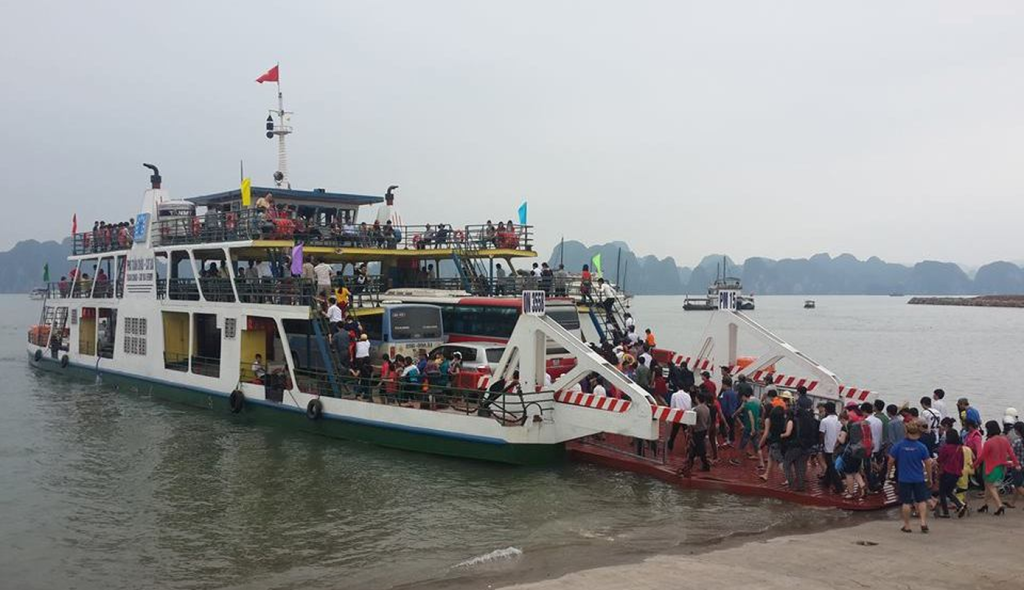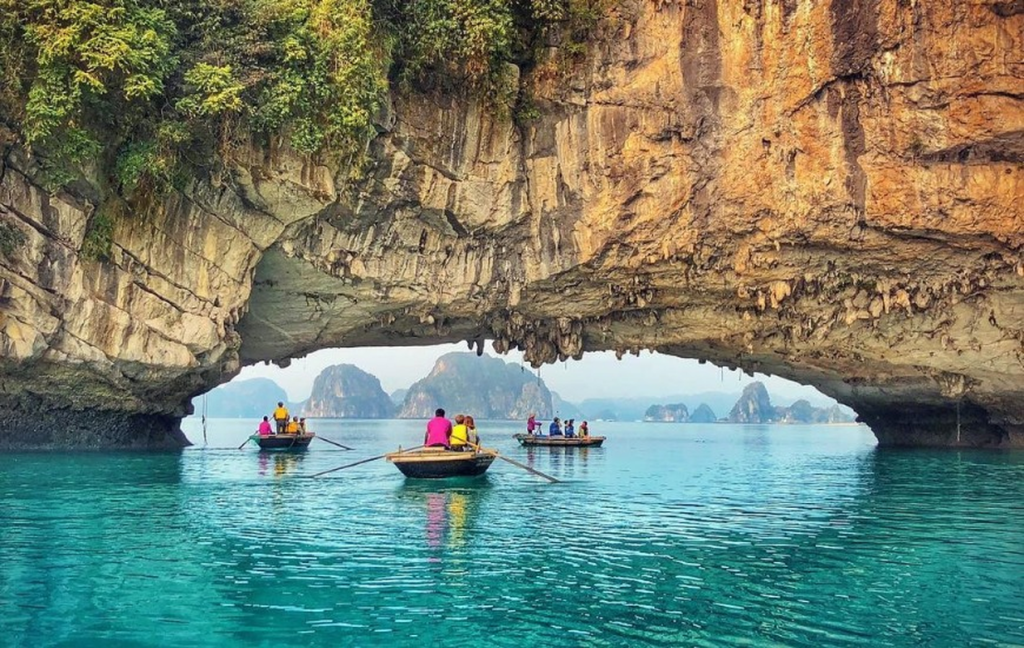Ha Long City, renowned for its stunning bay and unique limestone formations, has seen rapid urbanization and growth in tourism, leading to evolving traffic patterns. As the city’s infrastructure expands, managing traffic is becoming increasingly important, especially with the rise in visitors and local population.
Traffic Conditions
Compared to larger cities like Hanoi or Ho Chi Minh City, traffic in Ha Long is generally moderate. However, during peak tourist seasons, public holidays, and weekends, the roads can become congested, especially in areas surrounding popular attractions such as Sun World Ha Long Complex, Tuan Chau Island, and Bai Chay Bridge. The city’s rush hours typically occur in the mornings (7-9 AM) and late afternoons (4-6 PM), with slowdowns on key roads like Hoang Quoc Viet, Le Thanh Tong, and along the coastal routes.
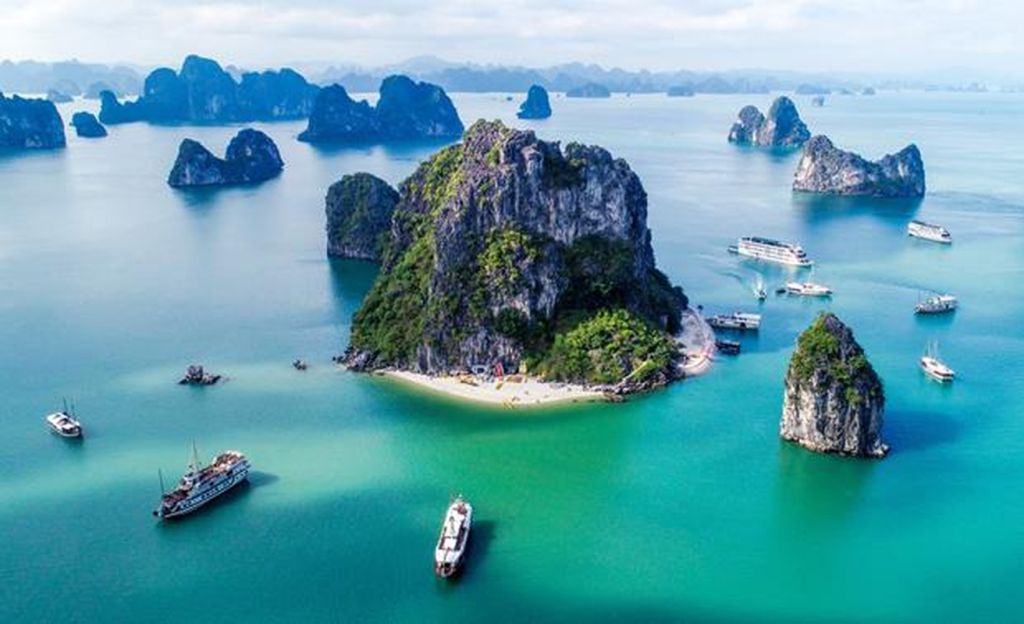
Ha Long Traffic Overview 1
Main Roads and Highways to Ha Long
Ha Long is well-connected to other major cities in northern Vietnam via an extensive network of highways and national roads, making travel relatively easy.
- National Highway 18 (QL18): One of the most important roads connecting Ha Long to Hanoi and other key provinces. This road runs through Quang Ninh province and links Ha Long with key industrial and commercial areas like Bac Ninh, Uong Bi, and Mong Cai. Despite frequent use, National Highway 18 is prone to congestion, particularly around construction zones or areas near the bay.
- Ha Long – Hai Phong Expressway (CT09): This expressway is a critical link between Ha Long and Hai Phong city, reducing travel time to just over 30 minutes. It’s a modern, well-maintained road that has significantly alleviated traffic on older routes, providing tourists and locals with a quicker option. The expressway also connects directly to the Hai Phong – Hanoi Expressway, cutting travel time from Hanoi to Ha Long to around 2 hours.
- National Highway 279 (QL279): Connecting Ha Long to the northwest of Vietnam, this road provides an alternative route to places like Dien Bien and Lao Cai. Although not as heavily traveled by tourists, it is a significant route for the transportation of goods and raw materials.
- The Ha Long – Van Don Expressway was officially opened yesterday, significantly reducing travel time between major cities in northern Vietnam. The expressway shortens the journey from Hanoi to Van Don to just 2.5 hours, down from the previous four hours. Additionally, the expressway reduces the travel time between Ha Long and Van Don from 90 minutes to just 50 minutes. This new route provides a more efficient connection between the economic hubs of Hanoi, Hai Phong, and Quang Ninh, easing congestion on National Highway 18 and enhancing overall traffic flow.
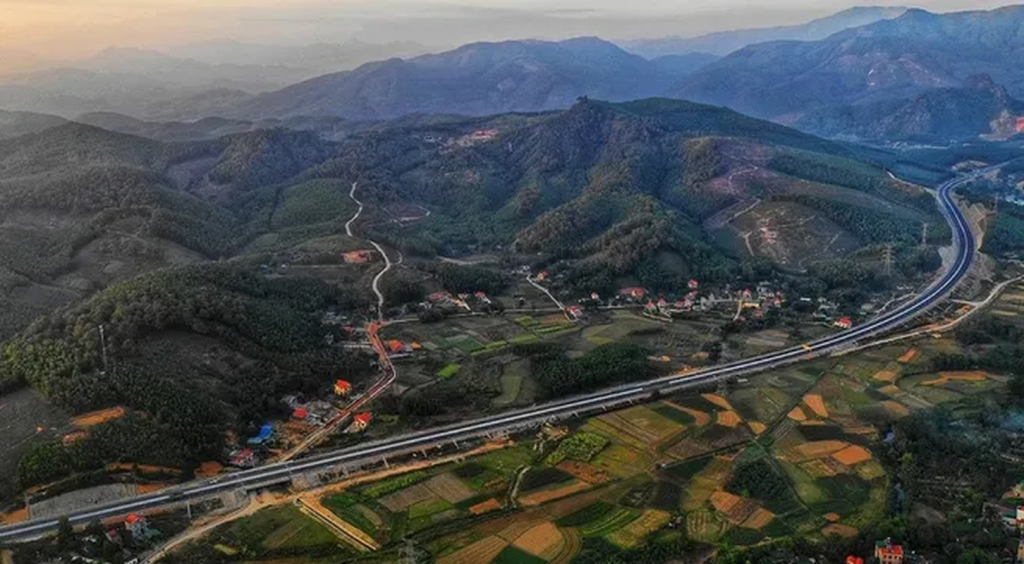
Ha Long Traffic Overview – Ha Long Van Don Expressway
Public Transportation
While private cars and motorbikes are the most common modes of transportation, Ha Long offers some public transport options such as buses and taxis. The introduction of ride-hailing services like Grab has also been a convenient alternative for both locals and tourists. However, public transportation in Ha Long still lags behind that of larger cities like Hanoi or Ho Chi Minh City. Improving the public transport network is a future priority as the city grows.
- Taxis: Taxis are a common and convenient mode of transportation in Ha Long. Reputable companies like Halong Taxi, Bai Chay Taxi, and Mai Linh Taxi offer reliable services. Fares are reasonable, starting at around 11,000 VND ($0.45) with a rate of about 20,000 VND ($0.82) per kilometer.
- Van Don Green Taxi: 02033 533 533
- Long Khanh Taxi: 02033 795 795
- Quang Vinh Taxi: 02033 878 878
- Hoang Quan Taxi: 02033 796 796
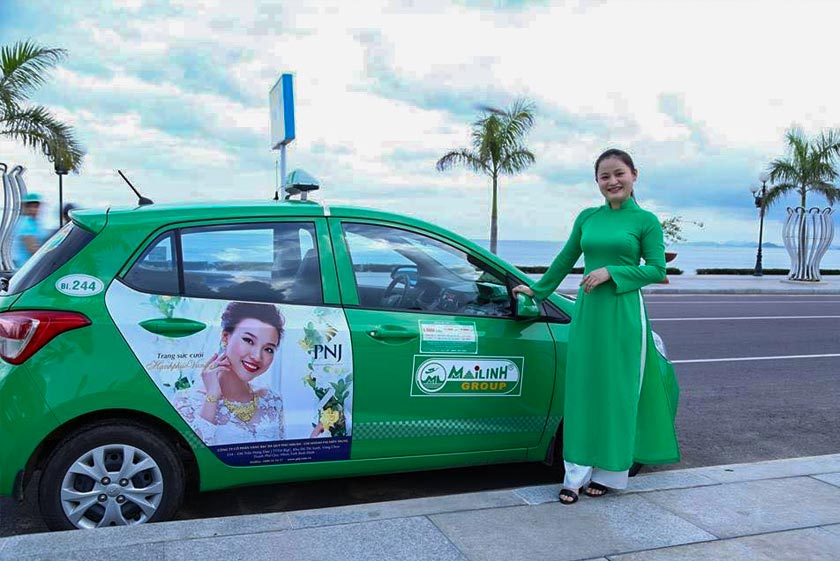
Mai Linh Taxi Ha Long
- Car and Motorbike Rentals: For more flexibility, visitors can rent cars or motorbikes. Car rentals typically cost between $50 to $70 per day, while motorbike rentals are usually $5 to $7 per day.
- Buses: Public buses are available and are an economical way to travel around the city and to nearby attractions. Two bus routes are available to Van Don Internation Airport:
- Route 14A: To Lan Be Flower Park entrance.
- Route 14B: To Sun World HaLong Complex (Ha Long city)
- Cruises and Ferries: Many tourists opt for cruises to explore Ha Long Bay. These cruises often include transportation to and from Hanoi. Ferries are also available for travel between the islands.
Tourism plays a central role in Ha Long’s economy, but it also significantly impacts traffic patterns. Large tour buses, taxis, and personal vehicles carrying tourists to famous attractions like Ha Long Bay, Bai Tho Mountain, and Tuan Chau Harbor contribute to congestion, particularly during peak seasons. Roads leading to ferry terminals and piers experience the heaviest traffic, especially in the mornings when tours set out and in the evenings when they return.
Infrastructure and Future Developments
Ha Long’s road infrastructure has undergone substantial improvements in recent years, including the opening of new expressways and the expansion of major roads. The Ha Long – Van Don Expressway is another key development that connects the city with Van Don International Airport (VDO), streamlining air travel for tourists.
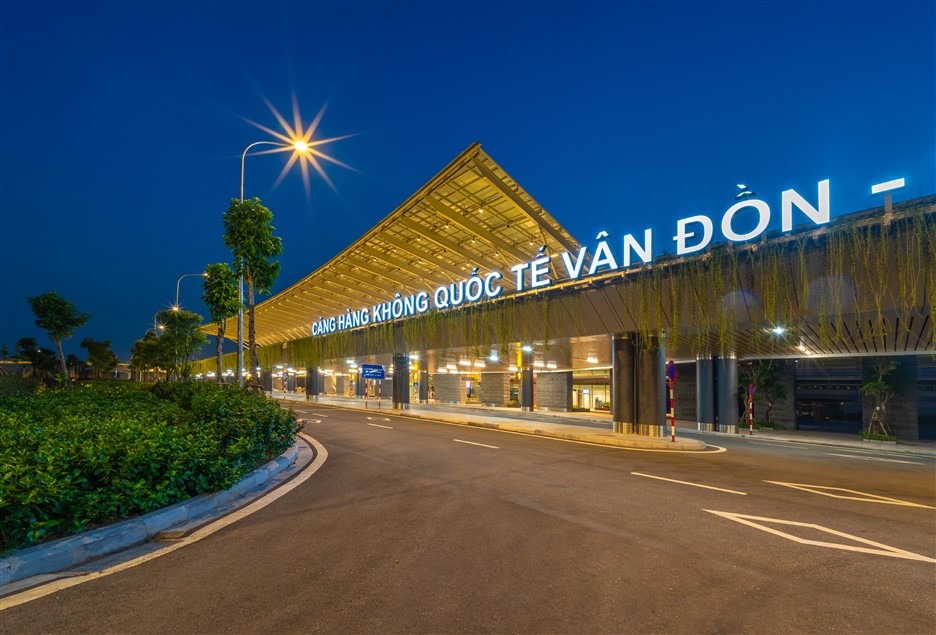
Van Don Internation Airport
To cope with increasing traffic demand, local authorities are planning further infrastructure projects, including new roadways, bridges, and expanded public transportation services. These measures are essential to ensure the smooth flow of traffic as Ha Long continues to develop into a major tourism hub

